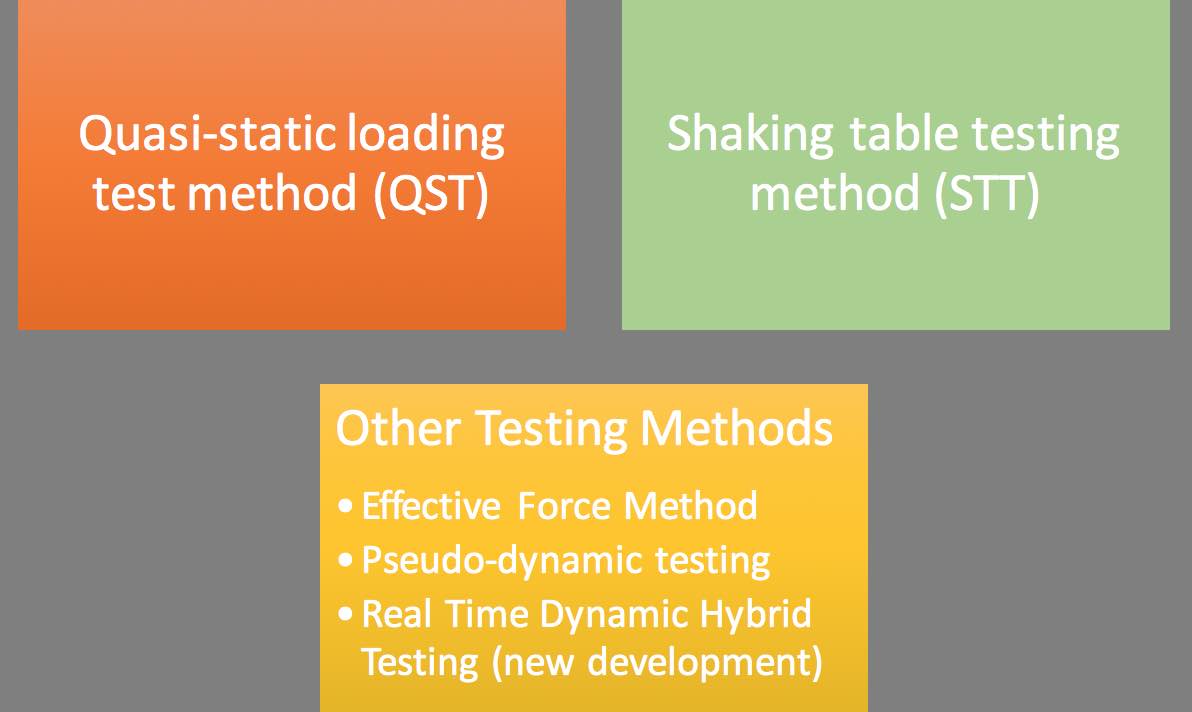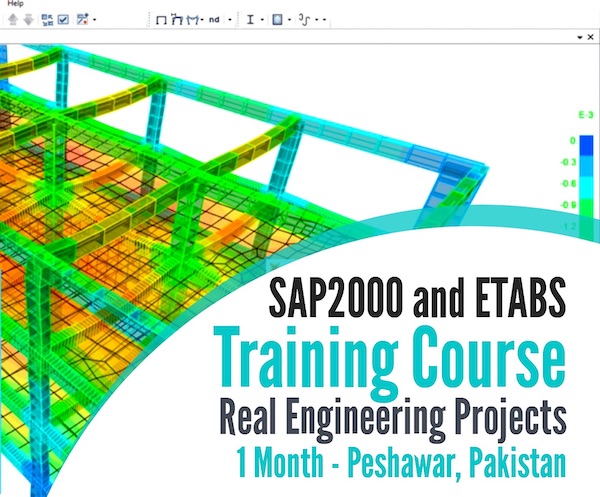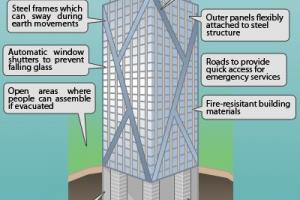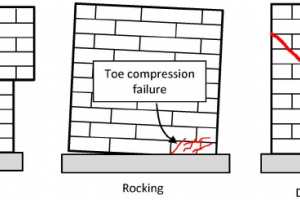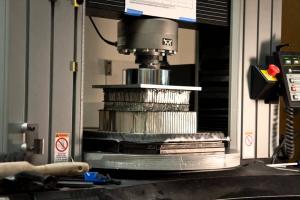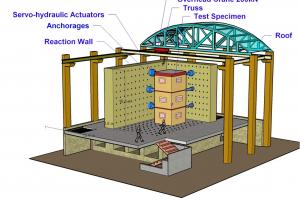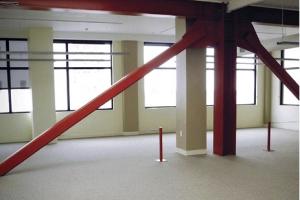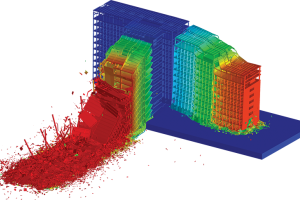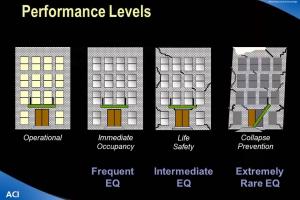Skip to main content
5 Travel Myths You Need to Stop Believing Right Now
Canal Comes Alive with Lighted Boat Parade.
Advanced Dynamic Testing Techniques
- A test specimen is subjected to slowly changing prescribed forces or deformations by means of hydraulic actuators
- Inertial forces within the structures are not considered in this method.
- The purpose is to observe the material behavior of structural elements, components, or junctions when they are subjected to cycles of loading and unloading.
- The dynamic nature of earthquakes is not captured
- Test structures may be subjected to actual earthquake acceleration records to investigate dynamic effects
- Inertial effects and structure assembly issues are well represented
- The size of the structures is limited or scaled by the size and capacity of the shake table
Other testing methods (STT):
Effective Force Testing Method (EFT):
- Effective Force Technique
- Hybrid Testing & Computing
- Real-Time Pseudo-Dynamic Hybrid Testing System
- Real-Time
Related Civil-Engg. Content
